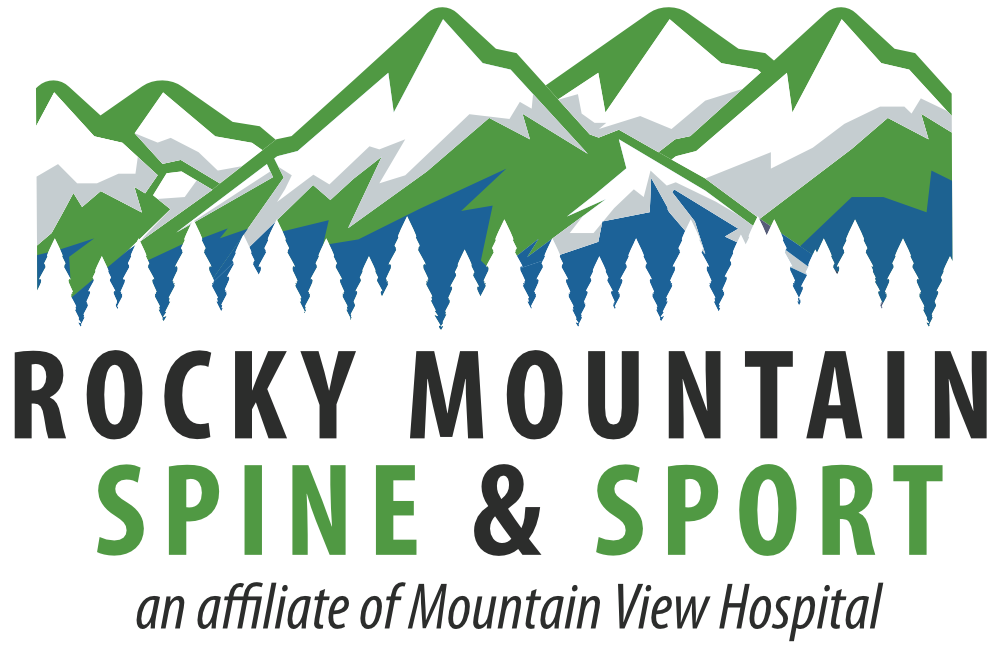Why does your knee hurt?
Hi All,
My last blog was Knee 101, a basic lesson on anatomy. Today we will cover the more common types of injuries/problems/pathology and how they affect the joint. This is Part II in a III part series. In III we will discuss possible treatments.
As with all my blogs, I would add the caveat that this is a basic/informational discussion. If you desire more education on this topic, there are numerous websites that can edify you further.
The basics---Once again notice the heading (the basics). What are issues that happen with the knee? Or rather what are the typical/most common problems one is likely to incur in the lifetime of a knee? The knee is a hinged joint, meaning it has 2 ranges of motion (ROM) flexion and extension, kicking a football for an extra point would be extension and bringing the knees back to kneel would be flexion. As it only has 2 planes of ROM, this makes it a very stable joint, compared to the shoulder which is a ball & socket joint---which has every ROM in the book, but is more unstable. For example if you dislocate a shoulder, while painful, it is not typically a medical emergency. However dislocate your knee and it is…with possible loss of limb implications! The moral of the story, the more ROM the less stable the joint and vice-versa.
Injury related issues in no specific order:
- ACL tears/sprains--- Pro football has covered the ACL tear issue extensively, so most have heard about this injury. Injuries are typically caused by:
- Sudden changes in direction or stopping
- Landing from a jump incorrectly
- Contact or collision, such as a football tackle
- However, in sports this is usually a non-contact injury.
- Meniscal tears:
- Acute tears of the meniscus happen a lot in sports or while a person is engaging in a more intense activity. Squatting, twisting/rotation of the knee may cause a tear.
- As a person ages they are more likely to have degenerative meniscus tears. The articulating cartilage weakens and wears thin over time. As this tissue thins it is more prone to tearing. Therefore it doesn’t take near the force to cause a tear.
*Tears of the menisci are labeled by how they look, common tears include bucket handle, flap, and radial.
- Collateral ligament tears/sprains
- Injuries to the collateral ligaments are usually caused by forces the move the knee sideways, either medial (towards the middle of the body) or lateral (outside or away from the middle of the body. These injuries are usually related to contact
- Grades/severity of sprains/tears of ligaments:
- Grade 1 Sprains: Mild damage, the ligament is slightly stretched, but is still able to help keep the knee joint stable.
- Grade 2 Sprains: Moderate damage, causes stretching of the ligament where it becomes loose and does not stabilize the joint as well. This can be referred to as a partial tear.
- Grade 3 Sprains: This is a complete tear, causing instability of the joint.
- Injuries to the collateral ligaments are usually caused by forces the move the knee sideways, either medial (towards the middle of the body) or lateral (outside or away from the middle of the body. These injuries are usually related to contact
Overuse related issues in no specific order:
- Tendinitis
- When talking about the knee the main tendons we think of with tendinitis are the quad and patellar tendons. These tendons can be stretched or torn. Typically running and jumping activities and sports are usually the precipitating cause with these injuries.
- Quad & Patellar tendinitis is inflammation of the tendon due to trauma/overuse. If it just causes some inflammation, but no tears or thickening/remodeling of the tendon than we call it tendinitis. However, if there is thickening/tears it is then referred to tendinopathy.
- Muscle strains
- Muscle pulls/strains are usually a reference to micro tears in the muscle. These occur more often when someone has not worked out for a while and then does too much or working out w/out warming up.
Age-related issues in no specific order:
- Osteoarthritis (OA):
- OA as it was explained to me by a mentor several years ago, is the loss of articulating cartilage—that cartilage the covers/caps the end of bones. Another way of looking at it is the loss of height in the joint space—that is actually how we grade OA on an x-ray, by how much joint space narrowing there is.
- When the cartilage wears down the joint doesn’t flow as smooth, creating more friction and further perpetuating the problem. When severe enough the bones rub on each other causing inflammation, swelling and remodeling of the knee joint.
- Any and all the issues listed in this blog:
- After enough birthdays the knee joint will start to degrade, this can be accelerated if there has been prior injury. When the joint starts to degrade it can cause meniscus tears, ligament and tendon damage.
To get the details correct, I pulled a lot of information from the website below. AAOS, from my viewpoint is a reputable organization and this site has a lot of usable information.
References:
https://orthoinfo.aaos.org/en/diseases--conditions/anterior-cruciate-ligament-acl-injuries/
